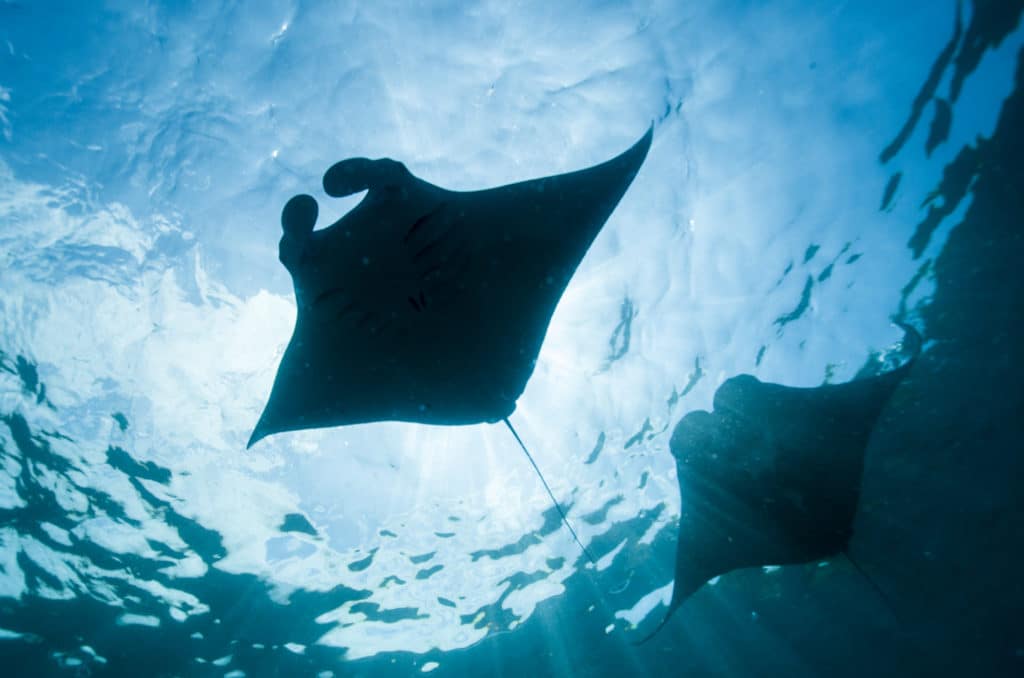Scientists from the Scripps Institution of Oceanography have discovered a rare manta ray nursery hidden in the Gulf of Mexico, according to a new study published in the journal Marine Biology. Researchers made this finding while scuba diving in the Flower Garden Banks National Marine Sanctuary. Initially they uncovered a few juveniles. Though that is not out of the ordinary, further research on 25 years of dive data from the site revealed the area is a nursery ground for giant manta rays.
The team discovered the region is a nursery brimming with young manta rays — ranging from newborns to adolescents — that acts as a safe space for the animals to grow. Such a discovery is important because it helps scientists track and keep tabs on the elusive creatures.

“It’s really important for us to know where these nursery sites are,” said Andrea Marshall, a ray expert at the Mozambique-based Marine Megafauana Foundation who was not involved in the research, according to National Geographic. “Anywhere that has tiny mantas is really important for us to learn about, so we can target our protection strategies.”
Giant oceanic manta rays are unique because they take an extended period of time to grow into adulthood. They can live up to 40, but they typically do not bear offspring until the age of eight or 10. As a result, every ray in the Flower Garden Banks nursery zone is important for the continuation of the threatened species.
Scientists are not sure how many rays are left in the wild, but sightings dropped almost 90 percent over the past decade in several parts of the world. That is mainly due to fishing, but pollution and climate change affect them as well.
The team behind the research is not sure why so many mantas congregate at the Flower Garden Banks nursery, but they plan to figure that out in the coming months. They hope such information will enable them to both find and protect other such nurseries around the world.
